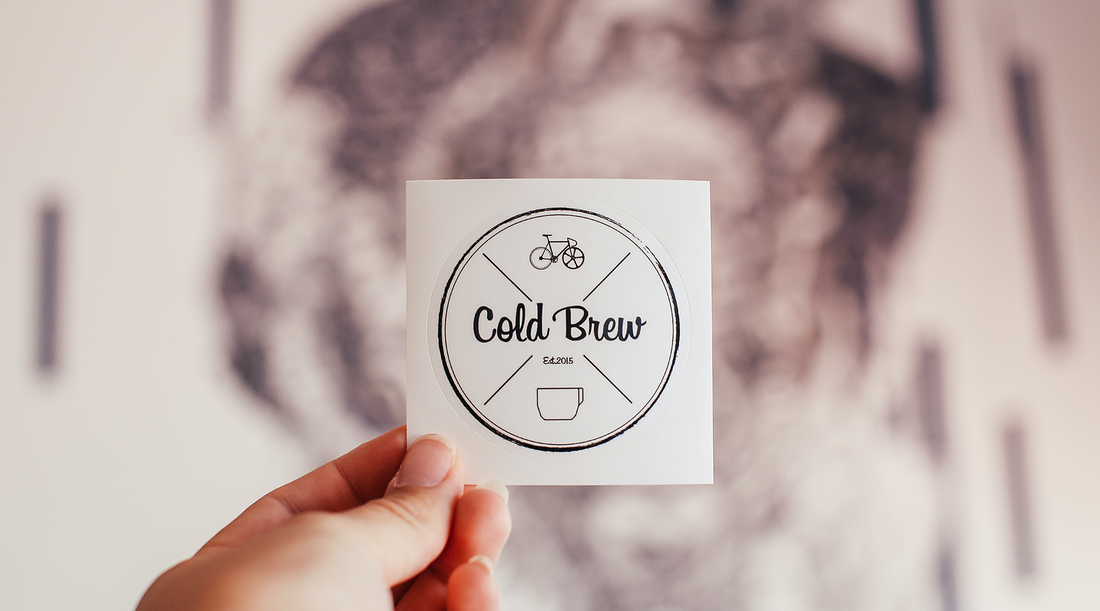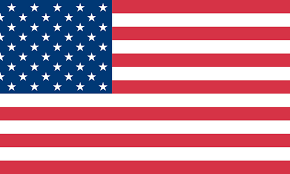Stickers vs. Labels: Differences and Similarities

In this post, we’re going to discuss the difference between labels and stickers. While they may seem like similar products, there are key differences that you should know about before making your next purchase!
What is a label?
A label is a piece of paper or plastic attached to the surface of an object. Labels are used for identification mostly and can be found in food and drinks, medicine, toys, electronics, and many other products.
Labels provide information on items such as content (i.e., ingredients), usage instructions, and expiration dates. In addition to these general labels that provide information about an item's nature, some labels also include specifications pertaining specifically to the product's purpose or use—for example: "For Cosmetic Use Only" or "Keep Out Of Reach Of Children."

Types of labels
- Brand labels: Brand name, trademark, and logo are displayed on brand labels. Sticker labels are ideal for this purpose. Many small business owners also use them for decoration or packaging. They come in a variety of styles, shapes, and sizes, making your brand stand out from the crowd.
- Informative labels: Informative labels are much more detailed in their instructions on how to use the product, whereas descriptive labels are more general. When carrying a lot of information, roll labels are ideal. When you need to label a large quantity of products, a thermal label printer makes the process so much easier.
- Descriptive labels: Descriptive labels describe the product's use, weight, size, ingredients, instructions, and so on. Rectangle labels are commonly used for this purpose because the shape makes presenting such information more clear.
- Grade labels: The grade level of a product is indicated by the grade label. Customers can determine the quality of a product by reading it.

What is a sticker?
Stickers are adhesive paper with a printed design that is used for decorative or promotional purposes. The adhesive can be removable, in which case the sticker may be removed from its background easily and reapplied elsewhere. Stickers are usually made from vinyl plastic films.
Stickers can be printed with text and/or images on them and they come in many different shapes and sizes. They are often applied to packaging, but they can also be used as labels to identify items that you own (like books or electronics).

What are the similarities between labels and stickers?
While stickers and labels are quite different from each other, there are some similarities between them. Stickers and labels can both be used for decoration and can be printed using similar equipment, including thermal label printers or inkjet printers. Both stickers and labels are made of vinyl.
There are also similarities in the way stickers and labels are used: they may both be part of the packaging, or they might be used as branding elements on products such as t-shirts or coffee mugs.

What are the differences between labels and stickers?
Labels and stickers are often used interchangeably in casual conversation, but they do have distinct differences, particularly in their intended use and functionality. The following are their diffferences:
|
Attribute |
Stickers
|
Labels |
|
Purpose |
Used for decoration, branding, or conveying a message |
Used for identification, information, or instructions related to a product or item |
|
Material |
Vinyl plastic films |
Synthetic films ( BOPP, Polyethylene) |
|
Adhesive |
Permanent, removable |
Permanent, easier to peel |
|
Thickness |
thicker |
thinner |
|
Durability |
Waterproof, dependent on material |
Waterproof, dependent on material |
|
Finish |
Glossy, matte, or other special finishes |
Glossy, matte, thermal |
|
Design |
Colorful graphics, logos, artwork |
functional information such as barcodes, product descriptions |
|
Using Occasions |
Books or electronics |
Food, drinks, medicine, toys, and electronics |
Conclusion
As you can see, there are many similarities between labels and stickers. However, the main difference is that labels are normally on a product or container while stickers are more like art. They’re usually made to look nice but do not necessarily serve other major purpose other than decoration.

